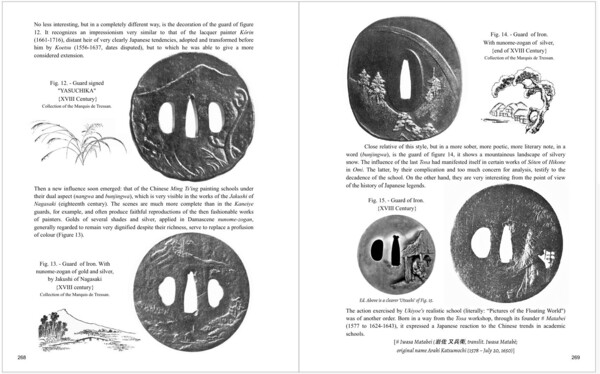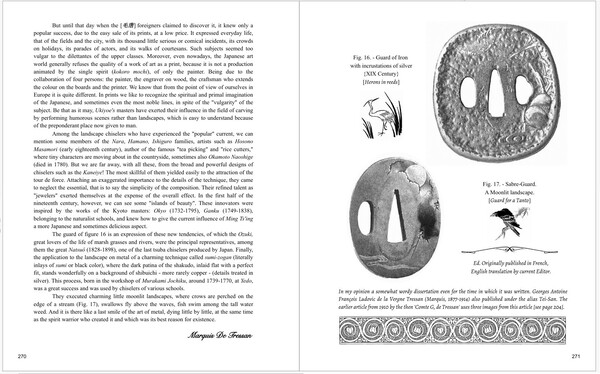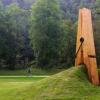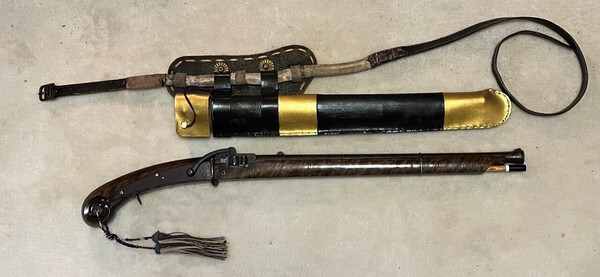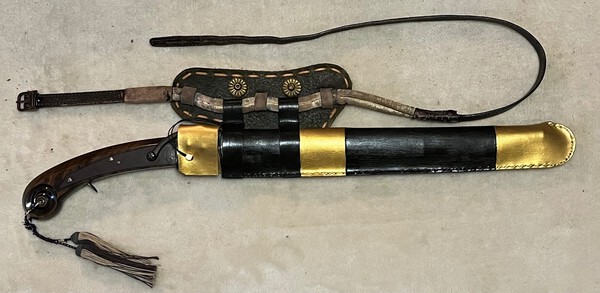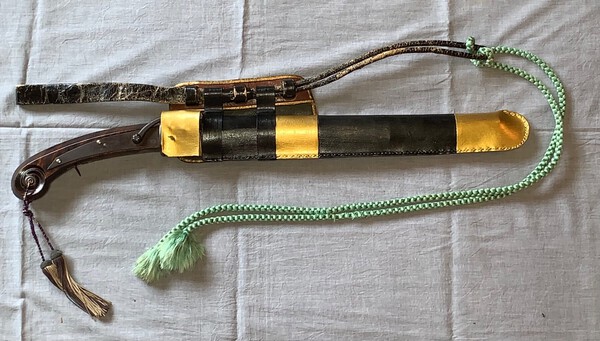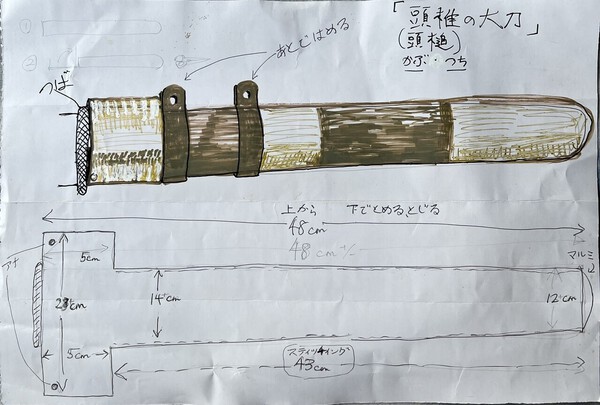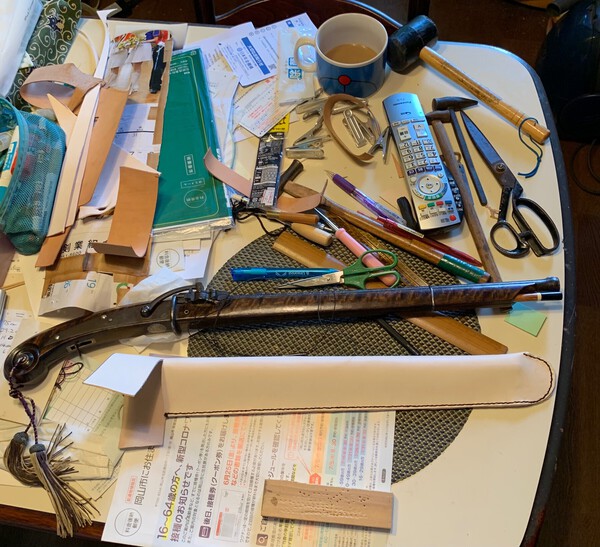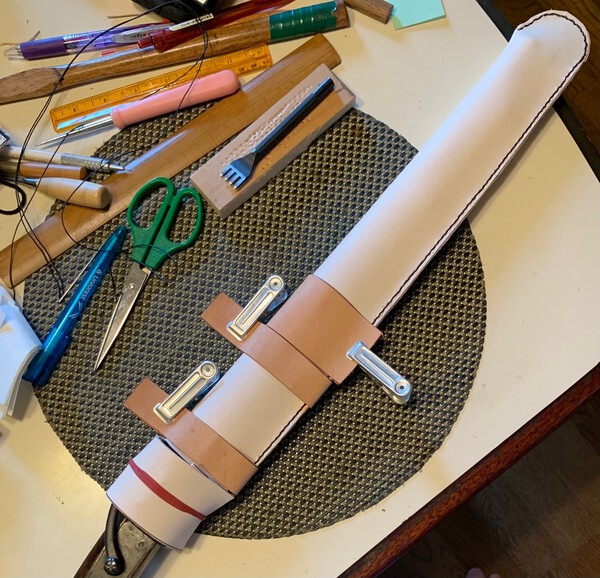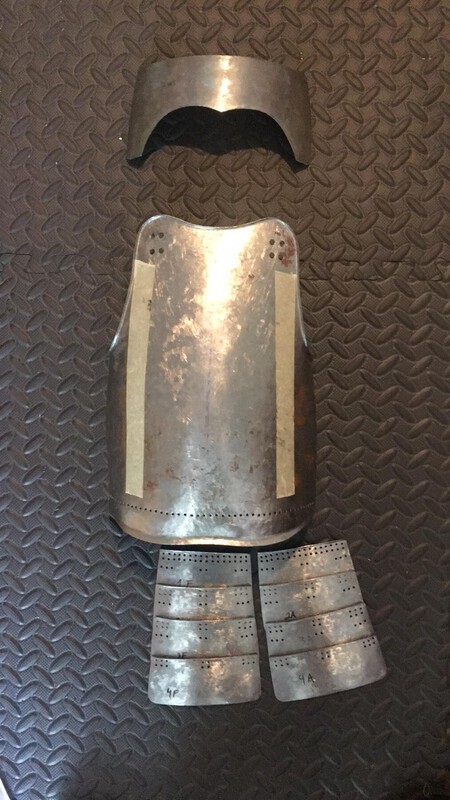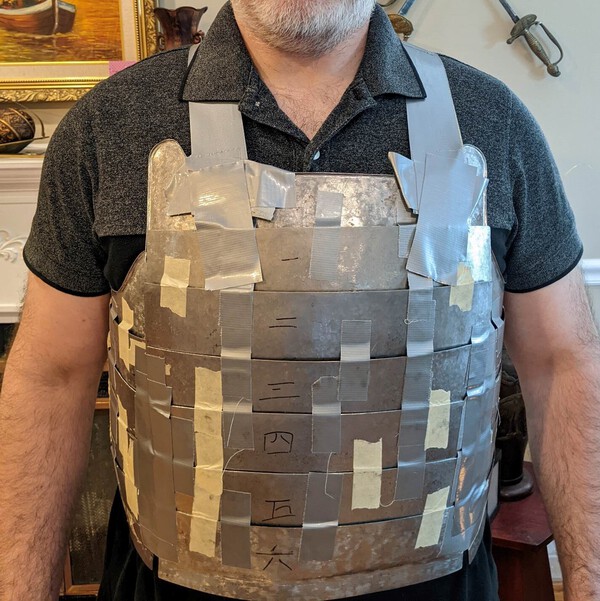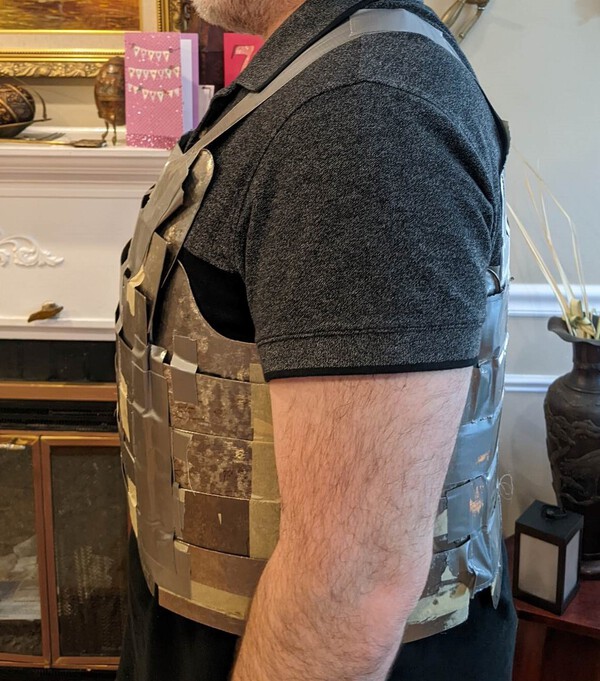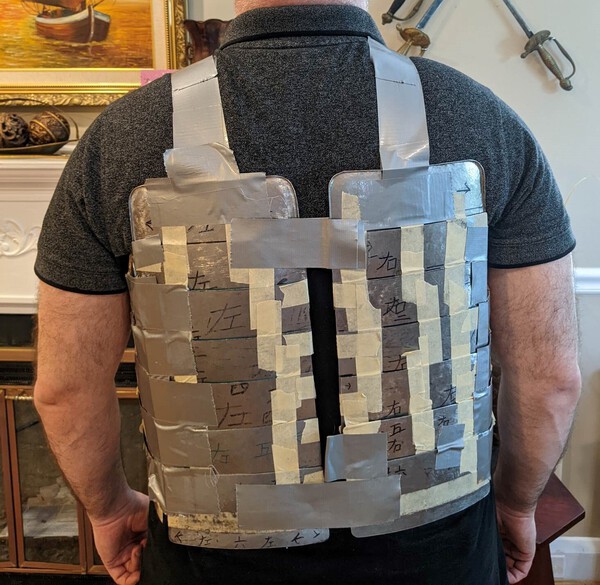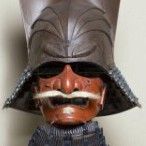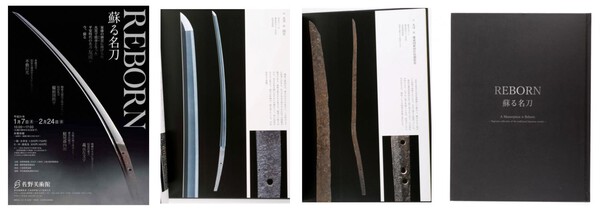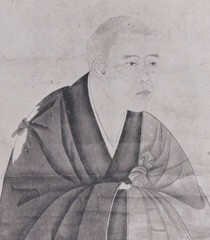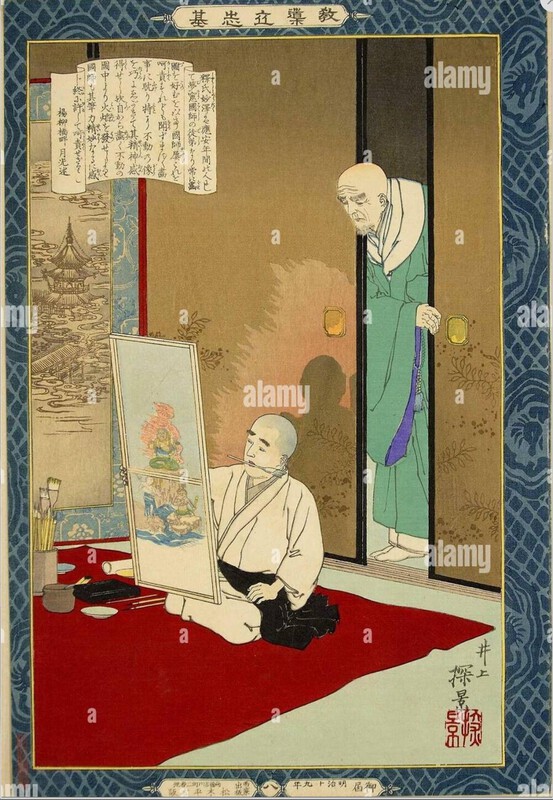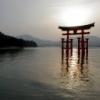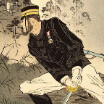Leaderboard
Popular Content
Showing content with the highest reputation on 06/16/2023 in all areas
-
9 points
-
Alrighty then, here's a work in progress, as of now it's only lineart as I am kind of hell bent on finishing each steps in one sitting when drawing, so I need to find time to do the coloring and shading but I have not been able to this week due to working overtime at my job. I have been raised with Dragon Ball so my style is quite Manga but I go with realistic shadings, and shading is a part where I really shine, so the final look will be quite different. I like to draw female warriors so I went with an Onna Bugeisha here. The armor itself would likely be a frankenstein set of armor so to say as it's not inspired by a single set but rather by different individual pieces, I don't think it would be too shocking to see a Saika Momonari Kabuto matched with a Go-mai Dou but I can't say that I've seen one before so I took liberties. I think there are things I could have done better like the haidate, or even the dou overall shape but we learn through failing. The most tedious part to draw is usually Odoshi-ge, so I'd like to get better at it too. I will erase the Kusari when I'll start the shading and draw them properly without using lines. As for the colors, I will go for red urushi, I'm unsure at what shading technique I'll need to use to get the feel of it, the last time I did it was too metallic/shiny but I also knew less. Unsure about the Odoshi colors. I might draw waki-date too, but again, unsure yet. Momonari Go-Mai Do are my favorite sets overall. There's a lot of things I could have done better but I improve every time.6 points
-
5 points
-
Ref. Items 306 & 307 - Katsuhira Tigers A bit of background - I bought a number of swords from Darcy Brockbank around 2005/6 . He had also been selling a few fittings , but decided that he was going to concentrate on blades. I bought the last three tsuba that he had, one of which was the tiger licking its paw . Having assumed that this was a 'stand alone' piece, I was very surprised to see an illustration of it with its larger brother in an old exhibition catalogue from 1964. This was the Arms and Armor Exhibition which ran from February 19th to March 22nd 1964 and was Chaired by Dean S. Hartley with Fred Martin and Bob Haynes as Co-Chairmen. After speaking to Darcy , it became obvious that the pair had been split up with no way of tracking the whereabouts of the larger piece. Having been impressed by and purchasing some of Ford Hallam's work , I broached the subject of making a replica of the missing piece using the very fuzzy black and white image from the catalogue and also the smaller tsuba as a guide. At that time, Ford was living and working in Cape Town, so I flew down to meet up with him and discuss the idea. Ford told me about his background and love of Japanese art and particularly sword fittings, against the situation of almost complete loss of the art metalworking tradition within Japan. The making of swords etc. although much diminished, is still widely practised but fittings making, on a professional basis, is practically extinct. We were keen therefore to document the making of the Utsushi so that some record should remain of the processes and skills involved. At first we thought about photographs taken at various stages together with a written explanation , but we soon realised something more was needed . We tried setting up a video camera to record ' live action ' but it was too awkward to change settings , positions etc. and impossible for one person ( Ford ) to both operate the camera and work at the same time. Through a friend of his , Ford got in contact with Brad Schaffer, a full time film maker. He agreed to meet and discuss the idea, then becoming enamoured with the project. Brad was able to get involved from day one of the making of the piece with the result being a unique video documentary now viewed in all its parts nearly 750,000 times. More to follow....5 points
-
4 points
-
筑前國住善雅 = Chikuzen no Kuni-jū Yoshimasa Here's what Markus Sesko says about him in Swordsmiths of Japan:4 points
-
And now to something completely different. It is a looooong time ago that I started to work on this one. It will have a SAKURA flower in SUKASHI when it is finished. With a total length of 230 mm and a max. width of 45 mm, it is thought to be a presentation YANONE. I have read that they were not used on arrows but as gifts among high ranking SAMURAI. It is made of carbon steel, not just iron.4 points
-
I think it has just been cleaned, not chromed. If it was chromed, you probably wouldn't see the Sig and definitely not the file marks. Cleaning Tangs is a NO, NO, but not the end of the world.3 points
-
If it's your own original work, go ahead and share some of your digital art if you want to!3 points
-
3 points
-
2 points
-
I think it is important to have artists draw people in armor, including manga style. Many old armors are in museums, locked away. It can be hard to imagine how they might have fit when they were worn originally!2 points
-
This is a great thread, it's really cool seeing you guys do all this! Isn't there something about every man should craft a Kabuto at some point in their life ? I really like the holster too, it's awesome work, I really like Tanegashima Tanzutsu in general though. All this makes me want to try my hand at it, I've only been doing digital art with armors.2 points
-
Take a look here: https://stcroixblade...hop/Japanese-swords/ St. Croix Blades also has ADDITIONAL Japanese swords listed in our eBay Store. You can see those swords here: https://www.ebay.com...icSeller=1&_saslop=1 You don't have to have an eBay account to look and purchase--just contact me direct, and I'll pull the listing for you and sell the item to you. Any questions, let me know! --Matt www.StCroixBlades.com2 points
-
2 points
-
2 points
-
We often forget that art works we admire today were made in times when there was no watch to "measure" the work. The scale was different: craftsmen and artists were paid by their finished work, not by the time it took to make it. This lead to great efforts to produce good quality. We should also remember that pre-industrial craftsmen used to sell mostly in their neighbourhood to known customers. A good reputation, based on good quality, was very important, and the craftsman put his pride into the making of every workpiece! Compared with industrial production, I think it is psychologically understandable that these different production ways result in different values and probably different 'charisma' of the respective item, if I may use this term. In another culture, it is believed that a hand-made item, used extensively by humans, will take up some of the human spirit. As an example, an old household knife, used with respect for generations, will not be discarded at the end of its life as a useful tool, but brought to the SHINTO priest. In a ceremony, he will then release the KAMI who had made his home in this knife. After that, the remains of this old knife are just scrap and can be recycled. Japanese people believe that industrially produced items will never have a KAMI. To an extent, respect comes from understanding and can be learned.2 points
-
Hahaha too kind as always Chris. And definitely will show step by step. That's actually what I want for this thread! I don't want someone coming in here and posting up something claiming it's theirs without being able to show how they did it from the ground up. First you start with a pattern. Rarely would I show this much of my patterns with notes to boot, but I went ahead and did it with this one. You can see more photos on my page of course. When I make a pattern they always require tweaking anyways. Next you start cutting stuff out. Sometimes you have to make some parts first and build patterns off them in the prototyping stage. That top plate for example, the pattern is cut ridicuously long right now. I'll cut it down to match the ring when it's formed. So once they're rough shaped, you start refining things. You cold harden the plates with thousands of tiny hammer blows on an anvil, trying not to warp the shape too too much as you do it. It's endless tedium and correction. Lots of people seem to just get the plates into rough shape without hammer hardening and leave it at that. Or you'll see plates forced together with rivets or welding, rather than being shaped together and held with minimum tension on the rivets. It's half art, half science. After this of course was the mabizashi. This thing took the better part of a week. The lines around the eyes are a tiny bit too exaggerated I think, and the overall shape and proportions could use some work, but, that is the purpose of a prototype afterall. I just went slow with it and gently. I have a few anvils and a bunch of random hammers. It's a matter of tinkering 'til I figure out how to get a shape. Lots of file cleanup. You can never own enough files... The inside should tell you a lot. One thing is these edges are more like a 45 degree angle than a 90 degree angle, but your brain thinks hard edge when you first look at it. You can see how the angle is somewhat shallow when you look from the inside. The main thing is to go slow and not over power things. It's a very physical job and requires you to be really aware of subtle things going on with your body, but people rarely realize this. It's more like a martial art than anything I think, as silly as that may sound to some. There are rhythms and techniques you pick up as you go. My tenouchi with the hammer is not that different from what I learned with swords back in the day. The best way to learn is to look at originals. I keep telling people, stop looking at decorations and surface level things. It's a trap that especially westerners fall into. Look at the base armor itself. Look at the geometry of the plates. I think every single collector should take up a hammer and try making something, even if the results are bad. It's too easy to think of these armors as random or arbitrary things thoughtlessly put together and just coming from the aether. Every single square inch of these has been worked over by hand and thoughtfully done. None of the designs are random. ALL of it is very, very intentional. Once you understand the thought process, it is easy to see how different groups are related to each other. You'll start seeing the same paper pattern used by two armorers in wildly different places that you never would have thought were connected to one another, but you can't come to any other conclusion as cold hard technical evidence is sitting there right in your lap. So I encourage everyone to give it a shot. Problem solve it, look at the original piece and try and do what they did. Never forget, it's armor. If it can't protect you, what's the point? Lots of fakes are not only non protective, but also poorly fit. This is something you can spot instantly once you've tried making something.2 points
-
Looking good, Arther. Thinking about it, everything I have done is restoration, addition or replacement of missing parts. I did make a complete base for a cannon barrel, but not sure if that counts! Hayago powder cartridges from bamboo. Oh, and a one-off project of a 'tachi' style holster for a matchlock long pistol, and a very special karuka ramrod, using ebony and ivory. Anyway, small stuff, nothing like all the projects that you have been attacking. And duh............................... I've just noticed that you posted this in Katchu, so ignore! The only piece of armour I ever made was a leather tissue purse for the front of a dou, ...and my wife made that anyway.2 points
-
Just a show off your work thread. Projects you are working on, etc. One rule though: It has to be something you've made from scratch, from the ground up! No re-lacing, "restoration" work, modifying things already made, etc. I'd like to see some people in the community, regardless of their skill level or whether they're a professional or DIY-er, showing some of their work and what they're up to. Here's a humble helmet I'm prototyping right now.1 point
-
In the 12th century, and peaked in the 15th~16th centuries, as I understood he meant the tosho and kacchushi tsuba appeared in the 12th century. But I think Sasano in his book on the origin of tosogu (刀装具の起源, 1979) also claims that katana tsuba appeared in the Kamakura period (please correct me if wrong, I cannot check the book). They were making the swords already, the material was there. One of the points raised by Tressan is that tsuba have been misjudged in terms of age, with most people making them newer than they were, and a merchant named Hayashi making them much older than they could be (and Mr. Hayashi having died without publishing his work, his sources could not be checked).1 point
-
Yeah, you are right, there is also a lack of well detailed armors in media and art in general, or rather people tend to go with more fantasy-esque looks, which has always iffed me. I like fantasy stuff but usually real armors manage to look better than fantasy ones. Same goes for all kind of armors, too.1 point
-
Kanesada & Muramasa (joint work) This Tantō is a collaboration between Muramasa and 2nd-gen Kanesada (commonly known as Nosada). 2nd-gen Kanesada became a famous swordsmith as the creator of ""Kasen Kanesada"". 2nd-gen Kanesada was a swordsmith who was active in Mino Province, present-day Gifu Prefecture, and Muramasa was active in Ise Province, present-day Mie Prefecture. This work made by 2nd-gen Kanesada visiting Muramasa for training. Japanese sword Kanesada & Muramasa (joint work) https://youtu.be/3RWpoZWmmas1 point
-
1 point
-
I agree with David ...not chromed. I really think someone has done a mechanical cleaning/ massive buffing job on it. Look at the habaki. Saya looks a funny shade? PS...if you want to 'age' it quickly Phil, send it over to me and I will leave it with a couple of my children....it will be 80 years within weeks1 point
-
1 point
-
Hi Piers could the tsuba be a part of a daisho with the other tsuba having the characters for Ayoyama?1 point
-
1 point
-
1 point
-
1 point
-
FYI- New newsletter from Markus Sesko divides graphics on dates vs number of swords rated as juyo.1 point
-
1 point
-
1 point
-
It’s an interesting point, Roger. I think about this difference between handmade and pooped out in one of my own hobbies: embroidery. I started off 20 years ago doing it all by hand. As time went by I realized that if I ever wanted to make a business out of my art, I would never be able to charge people for the time it took me to finish a piece. So, I bought an industrial embroidery machine and software and learned how to digitize images. Now there are two different kinds of products. I can look across my room at two objects that wouldn’t exist without me. One of them is something I did completely by hand and if it were damaged it would be a real loss because it was one of a kind and I put my heart into it. Next to it is an embroidery that I printed via machine. If this piece of art were to be damaged, it would be okay because I could just print another one. Now the value isn’t in the piece itself but in the process. The part that is valuable is now the software and digital file that enables me to create another one. The time I put into digitizing is the real work of art.1 point
-
One more project I'm working on. I am making a very small hotoke dou and kozunari for my daughter (she's 7 now). She is growing faster than I can work, so I might have to start over when I have more dedicated time. This is the front of the dou, a few kusazuri and the mabizashi for the kabuto. I've made a little progress on the kabuto since this photo. When I get home I'll take a pic of where I'm at with it now. I'm making the kabuto a bit larger so she can grow into it. If my body type is challenging, a small child's is even worse. Her torso is shaped like a shoebox. I don't think my mabizashi is quite to the same level as Arthur's...1 point
-
Thanks John. Yeah... that taper doesn't work so well when you're built like a short yokozuna! I've loosely based it off of this armor, which was worn by Shimura Mitsuyasu. He had a similar build to me. A lot of guys who make armor will make exact copies of antique armors for museums and shrines. I have nothing but respect for them. Tailoring an armor to fit someone in the 21st century is a completely different animal. When Arthur was making the hachi on the okitenugui for me, he got tons of head measurements from me. My head is longer and larger than typical 16th century Japanese. Even if this dou doesn't amount to much the exercise of making it has been invaluable.1 point
-
So, I am NOT a kacchushi. I was challenged by Arthur a while ago to take up a hammer and try my hand at it though. I don't have a formal teacher; I'm winging it on this project. I'm not sure my wife would appreciate it if I quit my job to become a kacchu deshi... This is my try at a mogami haramaki dou. I am in the early stages of shaping the plates and making sure it fits. Please forgive the duct tape holding it together. It is a little catawampus on me because the tape watagami aren't exactly the same length, but it gives you an idea of how it fits. The design is modeled off of older armors which is why it doesn't come up as high in the front and back. I can move freely with it and use various weapons with ease. I cannot just copy an existing armor's dimensions because my proportions are very different from a mid-16th century Japanese man (I'm built more like a sumo wrestler). There is a lot of tailoring involved and I'm still not 100% happy with it, but I'm getting there. My next steps will be to make the hinges, kusazuri, and watagami. I will open the holes and then get to the urushi. I will be using real urushi, not car paint or cashew. I work more than 40 hours a week as a law enforcement officer and I have family obligations. I don't get a lot of time to work on this. I am expecting it to take a couple of years, to be realistic. It has been fun so far, and it has really given me a better appreciation of armor and how it is made. Things that I took for granted before, I can appreciate now. I am open to critique. Best regards, Chris1 point
-
意味は人間が本来もっている心そのままが仏であることという禅語です This explanation comes from a discussion about a fan with 4 characters on it, here https://www.bokushinan.com/post/_緑水青山 It says: “This is a Zen saying that the human heart in its original natural state is the Buddha.”1 point
-
1 point
-
王政三 See 王政復古 O-sei Fukko Third year after the restoration of the Emperor system, i.e. 1867 + 3. Before the name Meiji had been invented. PS, join the club. I learnt something today!1 point
-
I bought the book "Reborn" from Krystian not really knowing what it shows. I'm very impressed of the 58 pieces that are shown in the book. The book was released, i think 2019 with the exhibition"Reborn" held from the sano art musem in Japan. The blades are shown in the condition were they was found and after the restoration. Pictures of the book is from Krystians website (soryu.pl) So if you find a copy, i can really recommend that book. Thanks to Krystian for the fast sending!1 point
-
Hey Bob, I was reading the inscription on your tsuba where Tomomasa was requested to copy an old painting by Cho Densu in making your Fudo Myoo Tsuba. I started thinking that I’d like to see the original painting because it must be incredible too - so I did a little research. Cho Densu (also known as Kichizan Mincho 1352-1431 - see self-portrait below) was a famous Zen Priest and Painter. Even 600 years later he is still considered one of the greatest painters of his time. Several of his paintings are at Tofukuji Temple (where he trained as a monk) and are considered Important Cultural Properties. There is a very interesting story about Cho Densu that is directly related to your tsuba! When he entered Tofukuji temple to become a priest at an early age, he was constantly in trouble with his Abbot for neglecting his religious studies and concentrating on painting instead. Once after the Abbot returned from a long trip, he was very angry to discover that Cho Densu had been painting the whole time he was gone. However, when he saw Cho Densu’s magnificent painting of Fudo Myoo, the Abbot was so impressed that he actually started encouraging Cho Densu to favor his artistic training over his religious duties. It is amazing to me that Cho Densu’s Fudo Myoo painting was so impressive that it continued to inspire people for hundreds of years thereafter. Your tsuba would have been made about 200 years ago in the very early 1800’s about 400 years after Cho Densu did the painting. Obviously Tomomasa’s customer was so impressed by the painting that he commissioned your masterpiece tsuba. Interestingly, the story about Cho Densu’s Fudo Myoo painting and its affect on his Abbot is also the subject of an old woodblock print - see photo below (which I am posting here under the Fair Use Doctrine for educational/research purposes). You can see that the Abbot has just returned from his trip to catch Cho Densu painting the Fudo Myoo painting. If you look closely, you can see how the depicted painting matches your tsuba. Note that Fudo Myoo is known as the Immovable One - a fierce protector of Buddhist Law. He was very popular with Samurai. His sword cuts through ignorance and his rope binds his enemies and those who block the way to enlightenment. One fang faces up and the other down. He is usually shown engulfed in fire (including small rings of fire around his nipples - ouch!!!) which symbolizes the purification of his mind by burning away all earthly desires. He is also often depicted with a waterfall. Unfortunately, I was not able to locate the painting itself. I could find several references to it in ancient Japanese records, but I could not find any recent references. I fear that it may have been lost during some of the bombing in WWII. I’ve written an inquiry to the Head Priest at Tofukuji Temple to see if they have any information about the painting, and I’ll let you know if I learn anything more.1 point
-
1 point
-
1 point
-
I promised an update post-shinsa, although it's taken me awhile to get there... As with my other post, kudos to Robert @Keichodo for providing a great shinsa, sayagaki, and you name it services in Japan! A pleasure to work with. This blade received a Hozon paper to Osafune Morishige, but did not get TH, so probably a later Oei, Eikyo Morishige. Morishige (NBTHK) and Hidekage (NTHK) both worked in Eikyo period, so similar types of call and in the ballpark. Since I had the other piece out to Tanobe Sensei I asked if he could take a look at this one as well. Tanobe senei took a look and offered to make reference to Morikage of late Nambokucho. So all in all while I was hoping on a full Nambokucho attribution, the difference of a couple years/decades in the grand scheme, it's close but there is some question. I like this piece a lot and generally happy with the calls made. Will update once I get the full sayagaki. Cheers!1 point
-
1 point
-
WOW WOW That is a beautiful blade. Thank you for sharing MikeR1 point
This leaderboard is set to Johannesburg/GMT+02:00



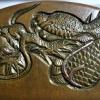
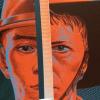
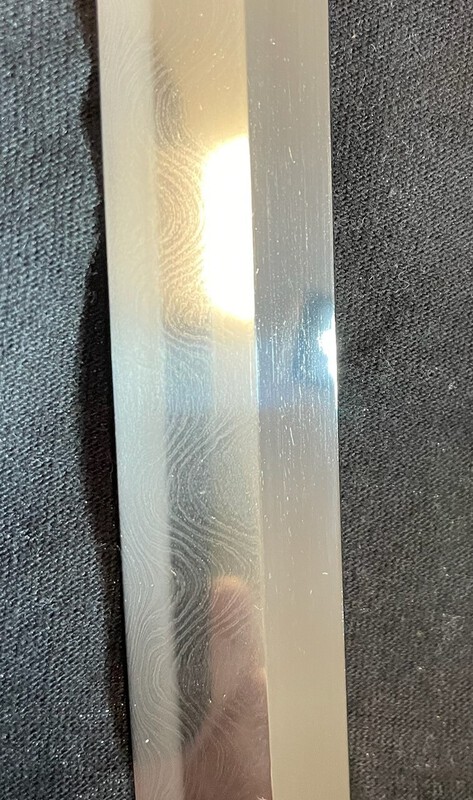


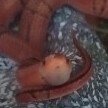
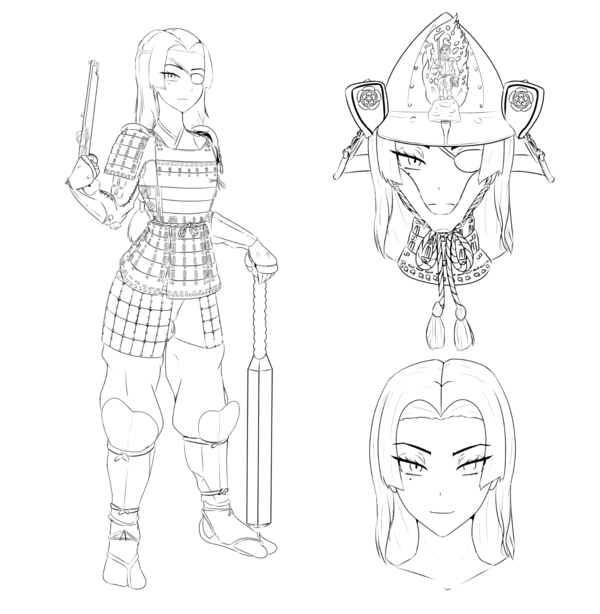


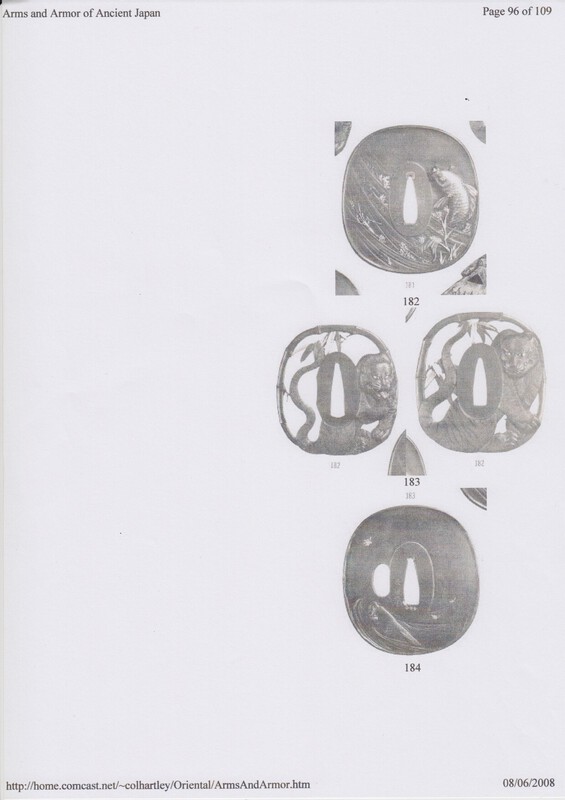

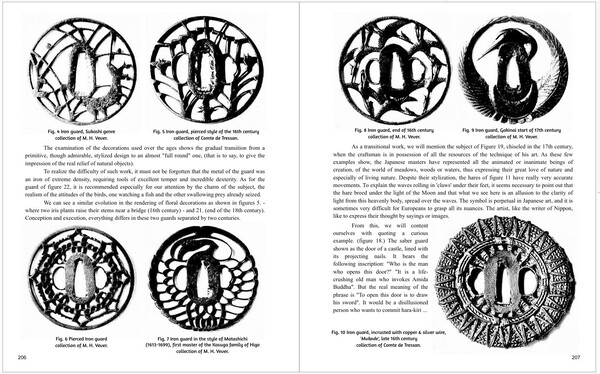


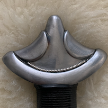
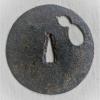


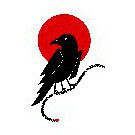
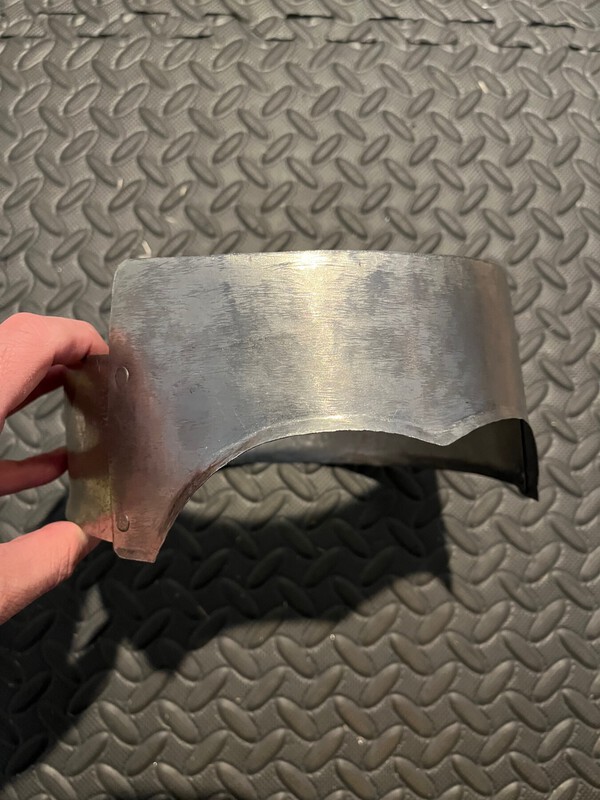

.thumb.jpg.bc10b59027a00aa142dce0349f3ba9e0.jpg)



